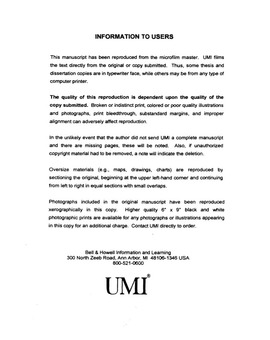| dc.contributor.advisor | Shah, Subhash N., | en_US |
| dc.contributor.author | Goel, Naval. | en_US |
| dc.date.accessioned | 2013-08-16T12:18:06Z | |
| dc.date.available | 2013-08-16T12:18:06Z | |
| dc.date.issued | 2001 | en_US |
| dc.identifier.uri | https://hdl.handle.net/11244/274 | |
| dc.description.abstract | One of the primary functions of a fracturing fluid is to transport and distribute proppant through a fracture and to keep the particles suspended till reservoir closes on the fracture. The proppant when suspended and uniformly distributed in the fracture improves the productivity of the reservoir. Therefore, a question is frequently asked regarding the minimum fluid viscosity required for satisfactory proppant transport through a fracture. The knowledge of this viscosity is useful for evaluating fluids prior to their use in the stimulation treatment and for demonstrating the effectiveness of new fluid formulations for fracturing application. The present study addresses this very important question. | en_US |
| dc.description.abstract | The study is performed by characterizing crosslinked guar gels for their viscoelastic and suspension properties. The gels are then evaluated for their proppant transport capabilities in two slot models using a field-scale test facility. These characterizations are performed in fracturing slurries prepared at low as well as high sand concentrations and evaluated at ambient as well as elevated temperature conditions. These characterizations are performed for borate-crosslinked gels and then, validated with zirconate-crosslinked gel. The results show that the proppant transport capability of crosslinked gels correlates with the fluid's elasticity and not with its viscosity. Based on these results, a minimum elastic modulus criterion required for a satisfactory performance of crosslinked fluids in a fracturing treatment is proposed. | en_US |
| dc.description.abstract | The criterion proposed in this work is developed from the proppant transport behavior evaluated using a field-scale test facility. This criterion also provides a useful and simple method to evaluate fracturing fluids in a laboratory without the need for extensive fluid testing. | en_US |
| dc.format.extent | xiv, 265 leaves : | en_US |
| dc.subject | Fracture mechanics. | en_US |
| dc.subject | Hydraulic fracturing. | en_US |
| dc.subject | Engineering, Petroleum. | en_US |
| dc.subject | Guar. | en_US |
| dc.subject | Viscoelasticity. | en_US |
| dc.title | Viscoelastic measurements of fracturing fluids for proppant transport application. | en_US |
| dc.type | Thesis | en_US |
| dc.thesis.degree | Ph.D. | en_US |
| dc.thesis.degreeDiscipline | Mewbourne School of Petroleum and Geological Engineering | en_US |
| dc.note | Adviser: Subhash N. Shah. | en_US |
| dc.note | Source: Dissertation Abstracts International, Volume: 62-02, Section: B, page: 1050. | en_US |
| ou.identifier | (UMI)AAI3004867 | en_US |
| ou.group | Mewbourne College of Earth and Energy::Mewbourne School of Petroleum and Geological Engineering | |
